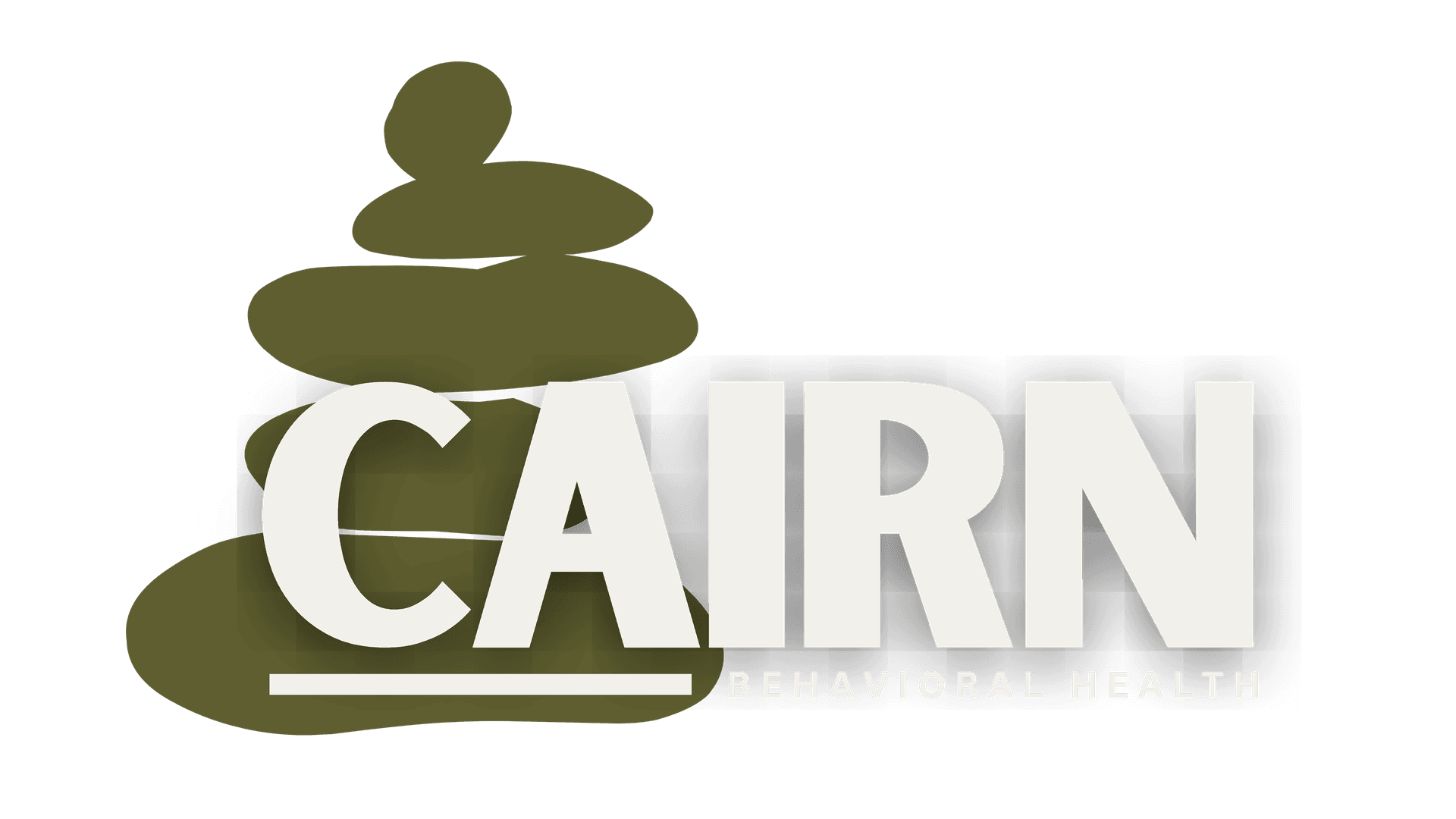Collaborative ABA Therapy: Empowering Success Through Inclusive Practices
Understanding Collaborative ABA Therapy
Applied Behavior Analysis (ABA) therapy has long been a cornerstone in supporting individuals with autism and related developmental disorders. However, the rising trend of collaborative ABA therapy is reshaping how interventions are delivered. By integrating inclusive practices, collaborative ABA therapy aims to bring together diverse expertise and perspectives, ultimately empowering the success of individuals receiving support.
Collaboration in ABA therapy involves a team-based approach, where therapists, caregivers, educators, and other professionals work in unison. This synergy creates a comprehensive support network, addressing the unique needs of each individual more effectively. The shared goal is to enhance the quality of life for those receiving therapy, ensuring they reach their full potential.

The Role of Interdisciplinary Teams
One of the key elements of collaborative ABA therapy is the inclusion of interdisciplinary teams. These teams comprise professionals from various fields, such as speech-language pathologists, occupational therapists, and educators. Each member brings their expertise to the table, contributing to a well-rounded intervention plan.
This collaboration allows for more holistic treatment plans that consider all aspects of an individual's development. For example, while an ABA therapist may focus on behavioral strategies, a speech therapist can address communication challenges simultaneously. By working together, these professionals ensure that interventions are consistent and cohesive across different settings.
Involving Families in the Process
In collaborative ABA therapy, families play a crucial role. Parents and caregivers are not just passive participants; they are active contributors to the therapeutic process. By involving families, therapists can gain insights into the individual's daily life, preferences, and challenges, leading to more personalized and effective interventions.

Moreover, empowering families with knowledge and skills allows them to support their loved ones beyond therapy sessions. Training sessions and workshops are often organized to equip families with practical tools and strategies they can implement at home, reinforcing the progress made during therapy.
Inclusive Practices in Collaborative ABA Therapy
Inclusive practices are at the heart of collaborative ABA therapy. These practices focus on creating environments where individuals feel valued and supported, regardless of their abilities. By embracing inclusivity, therapy becomes more accessible and adaptable to the diverse needs of individuals.
Implementing inclusive practices involves modifying environments and activities to accommodate different learning styles and preferences. For example, visual aids, sensory-friendly spaces, and alternative communication methods can be incorporated to ensure that everyone has equal opportunities to participate and succeed.

Measuring Success Through Collaborative Efforts
The success of collaborative ABA therapy is measured not only by individual progress but also by the quality of teamwork and communication among all parties involved. Regular meetings and feedback sessions allow teams to assess the effectiveness of interventions and make necessary adjustments.
Continuous evaluation ensures that therapy remains dynamic and responsive to changing needs. Celebrating successes, no matter how small, fosters motivation and reinforces the positive impact of collaborative efforts on individuals' lives.
The Future of Collaborative ABA Therapy
The future of collaborative ABA therapy looks promising as more organizations and practitioners recognize its value. As research continues to support its benefits, collaborative practices are becoming increasingly prevalent in educational and therapeutic settings worldwide.
By prioritizing inclusivity and teamwork, collaborative ABA therapy has the potential to revolutionize how we approach developmental support. As this model evolves, it will continue to empower individuals with autism and related disorders to lead fulfilling lives within their communities.
